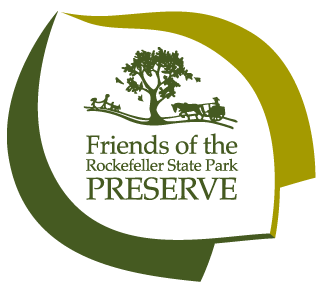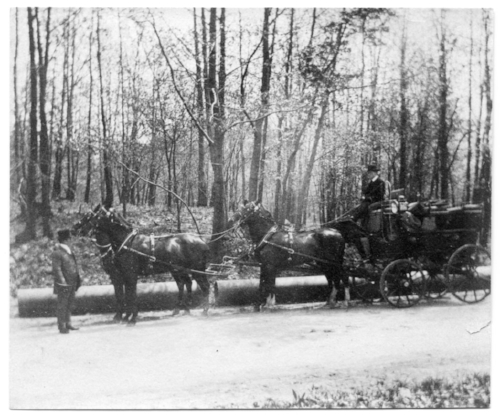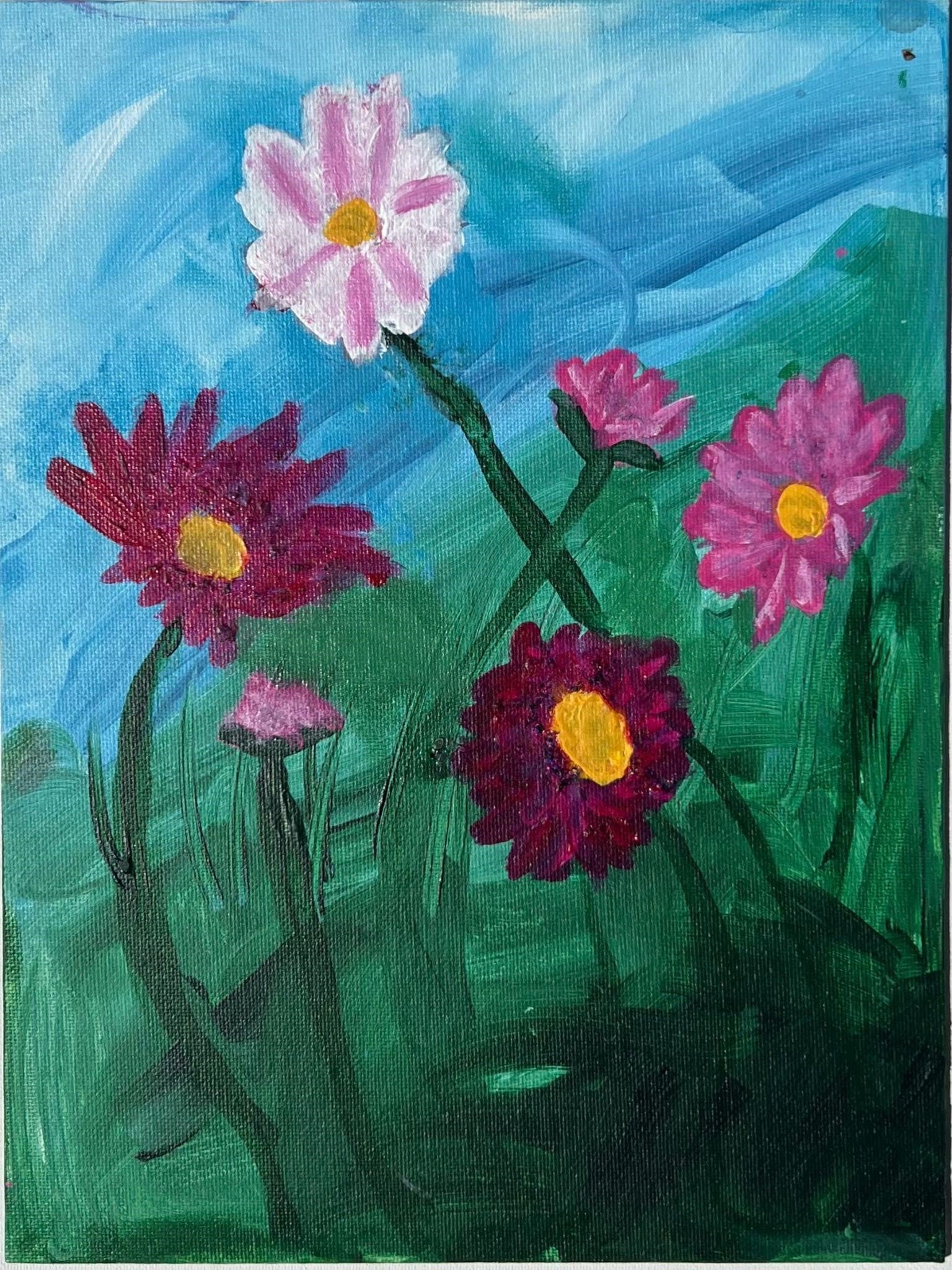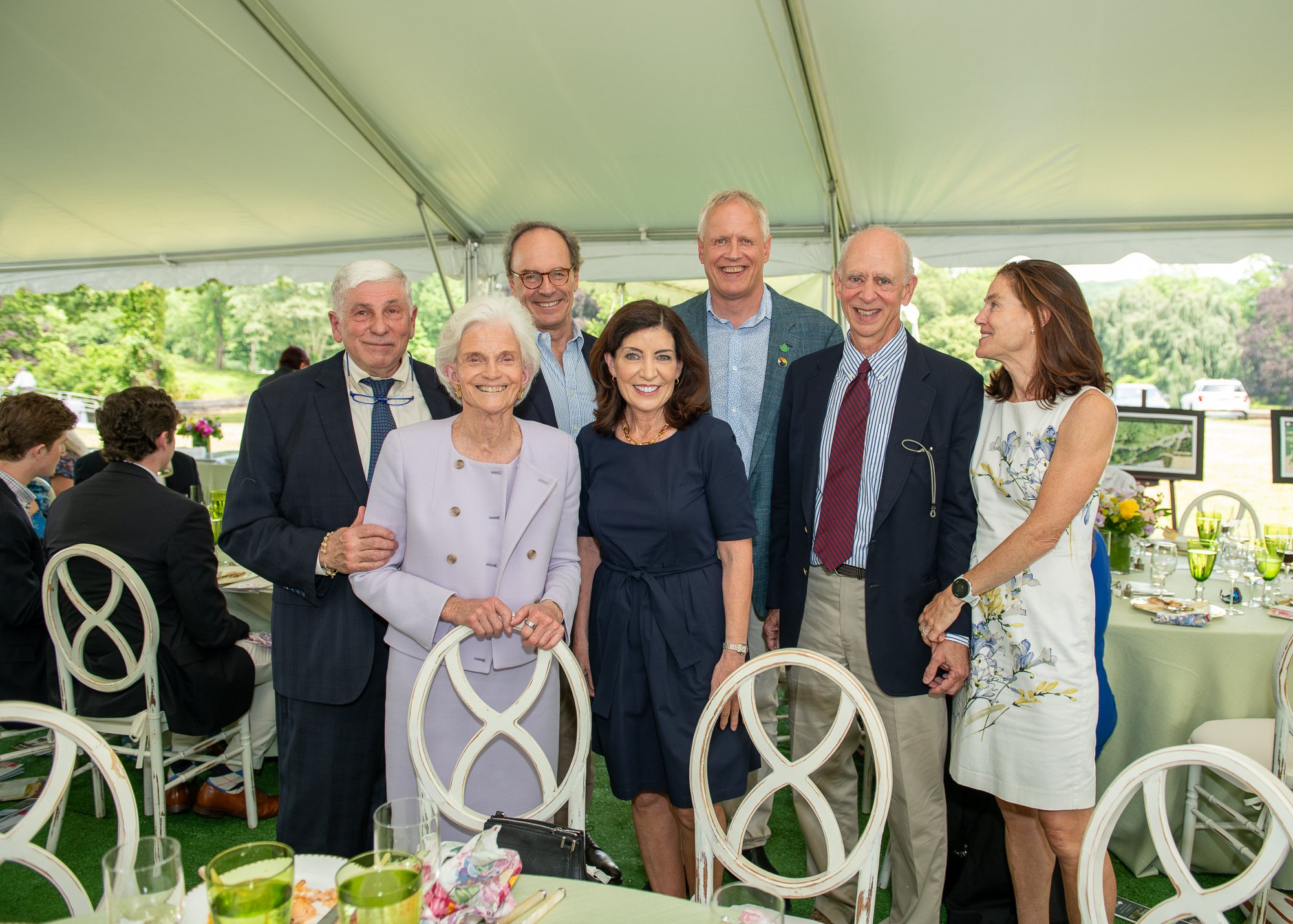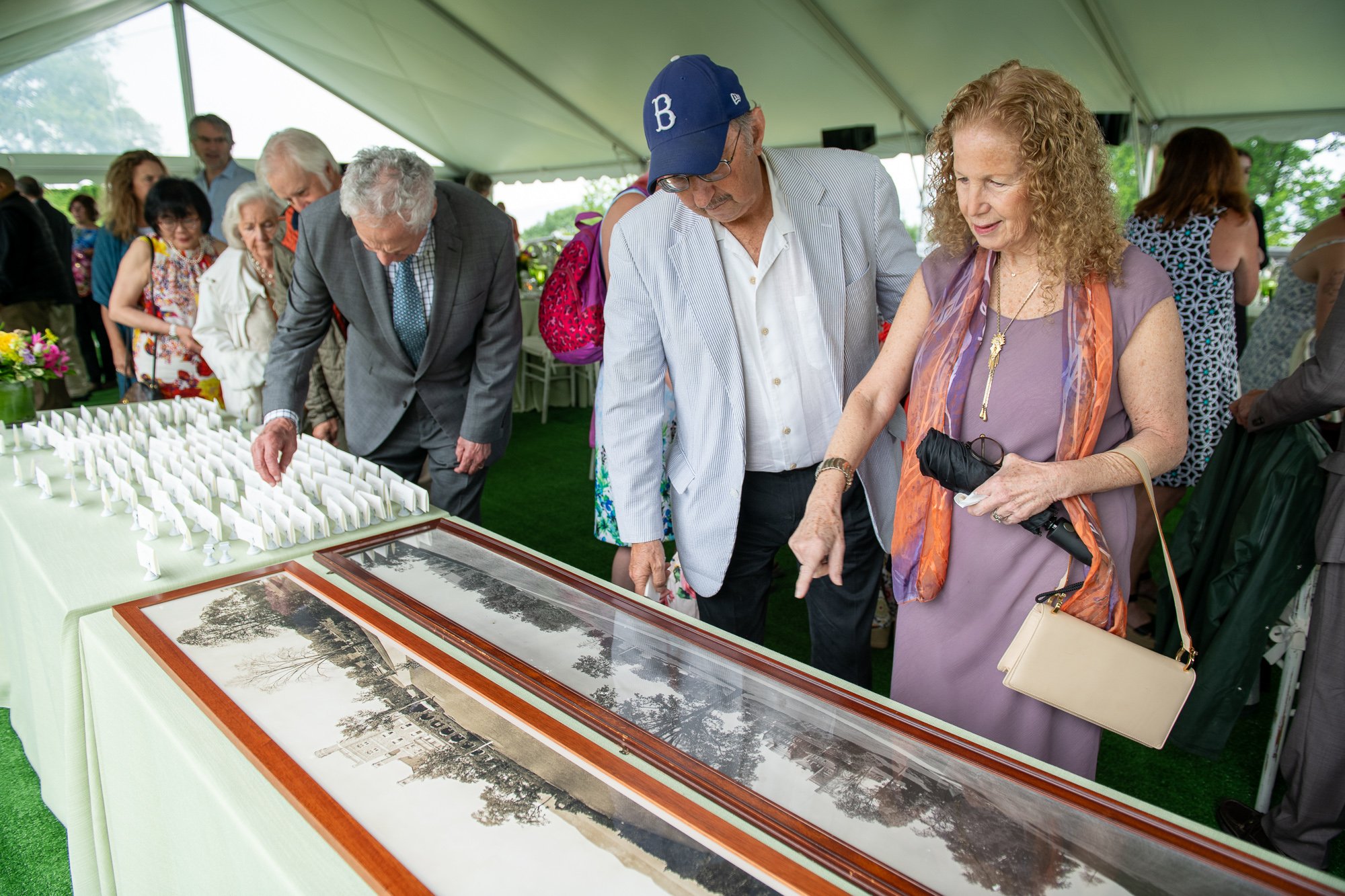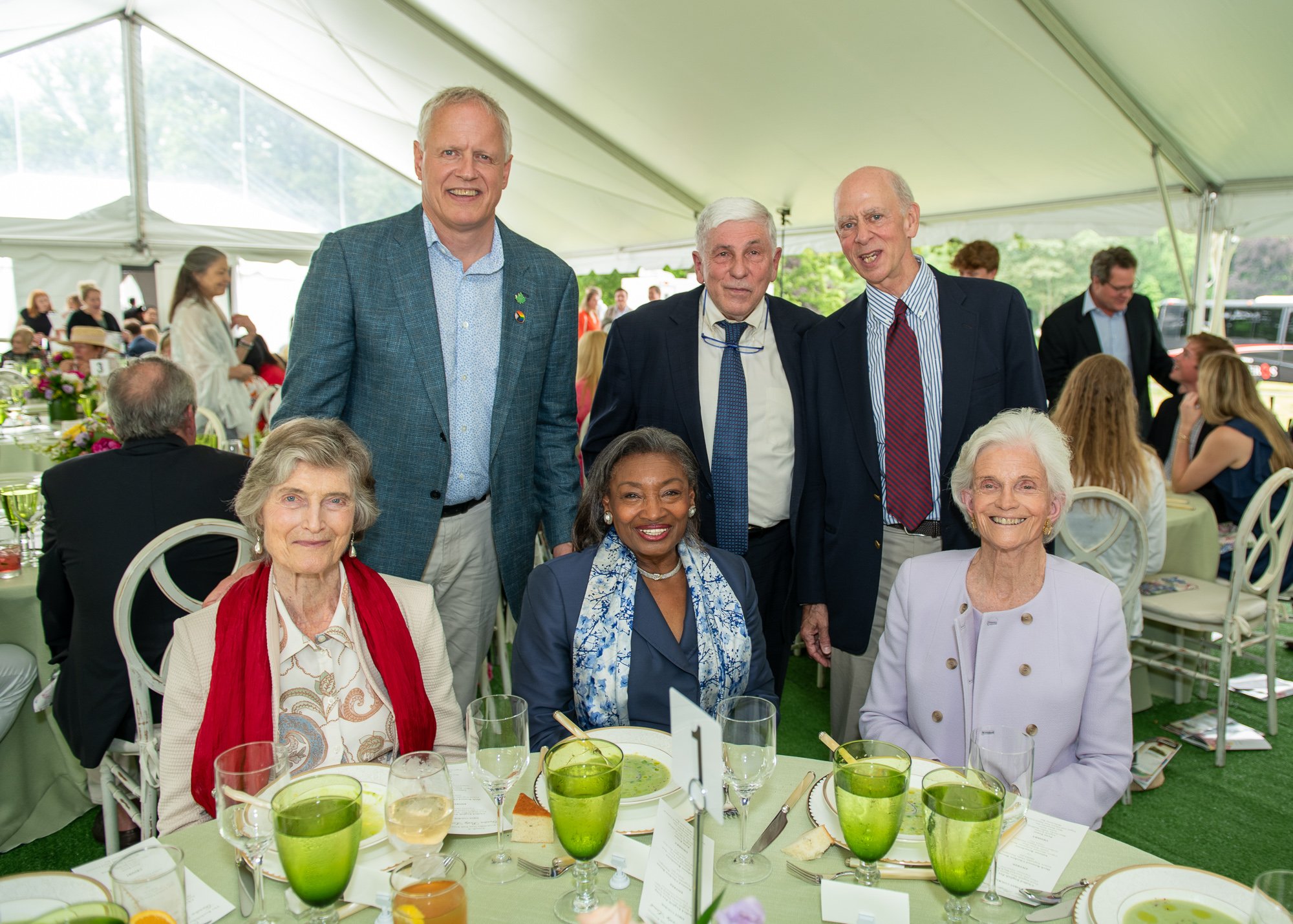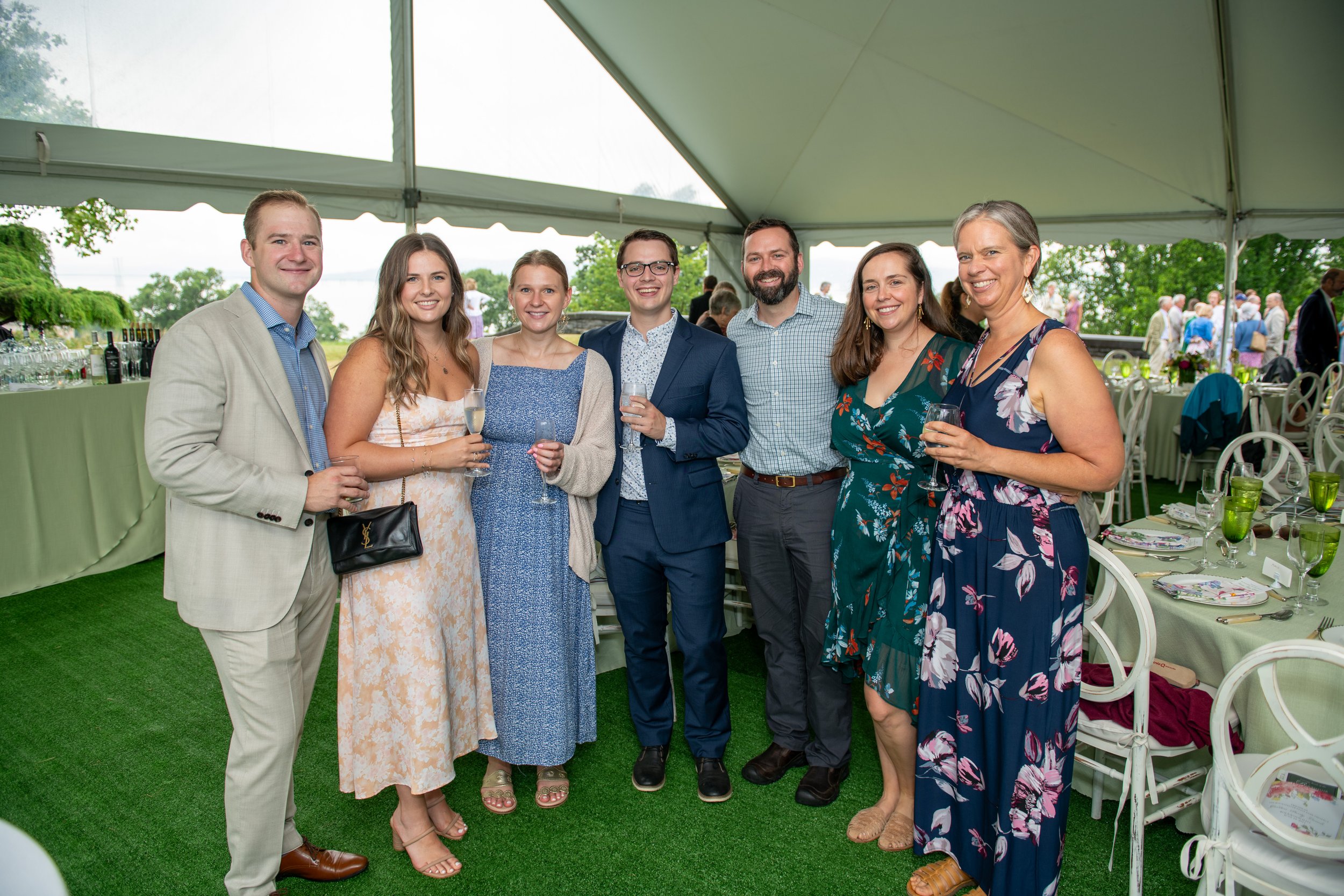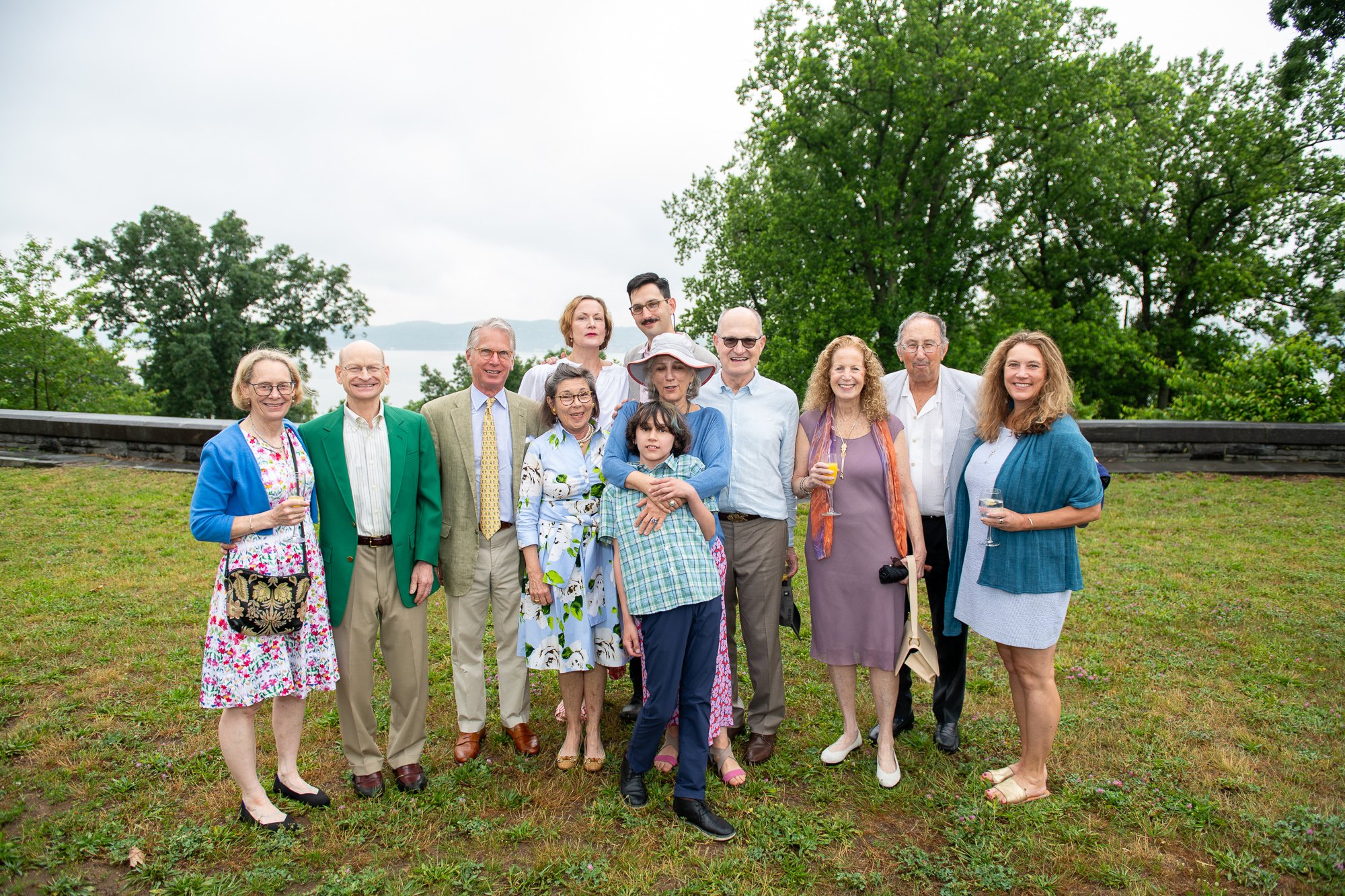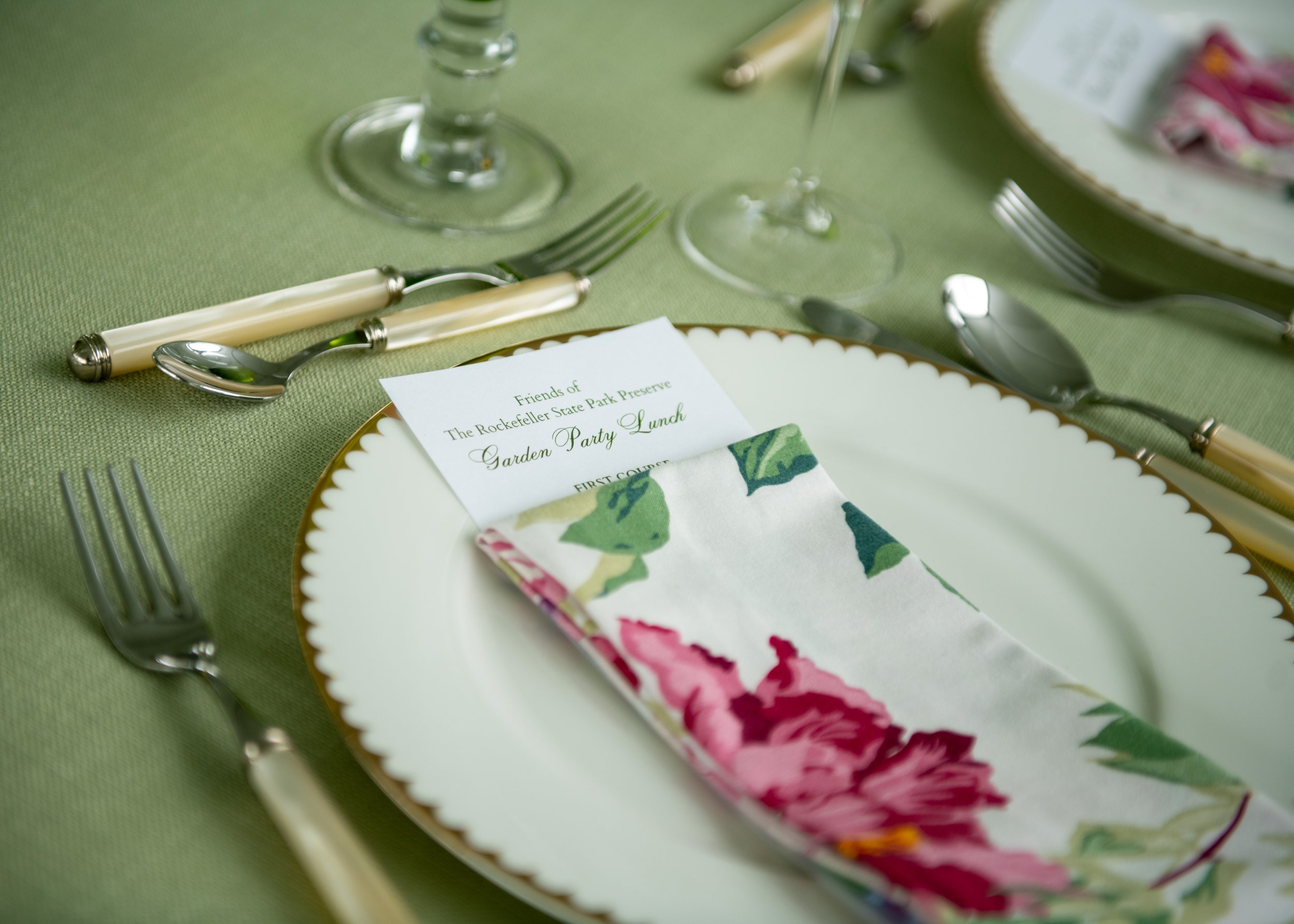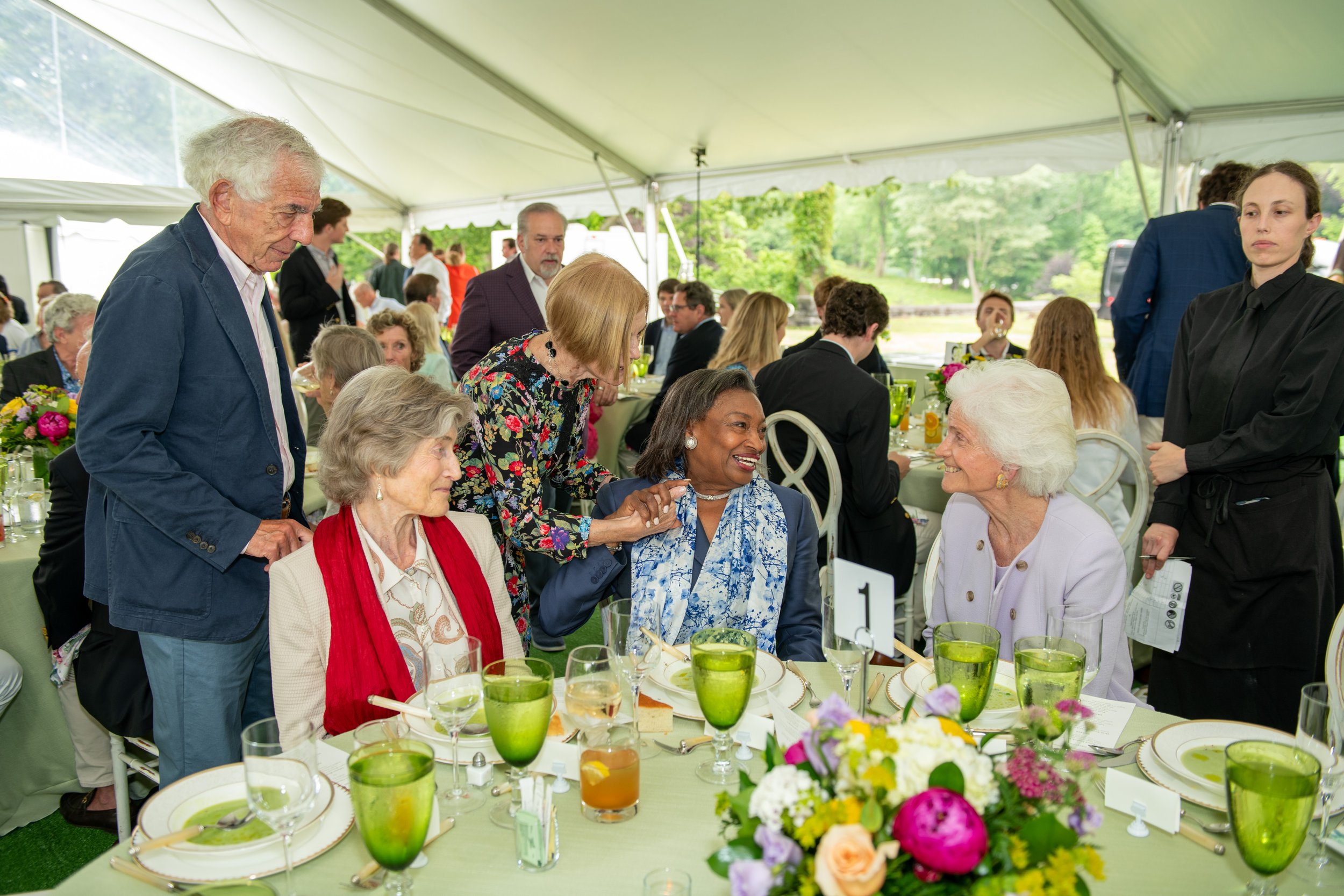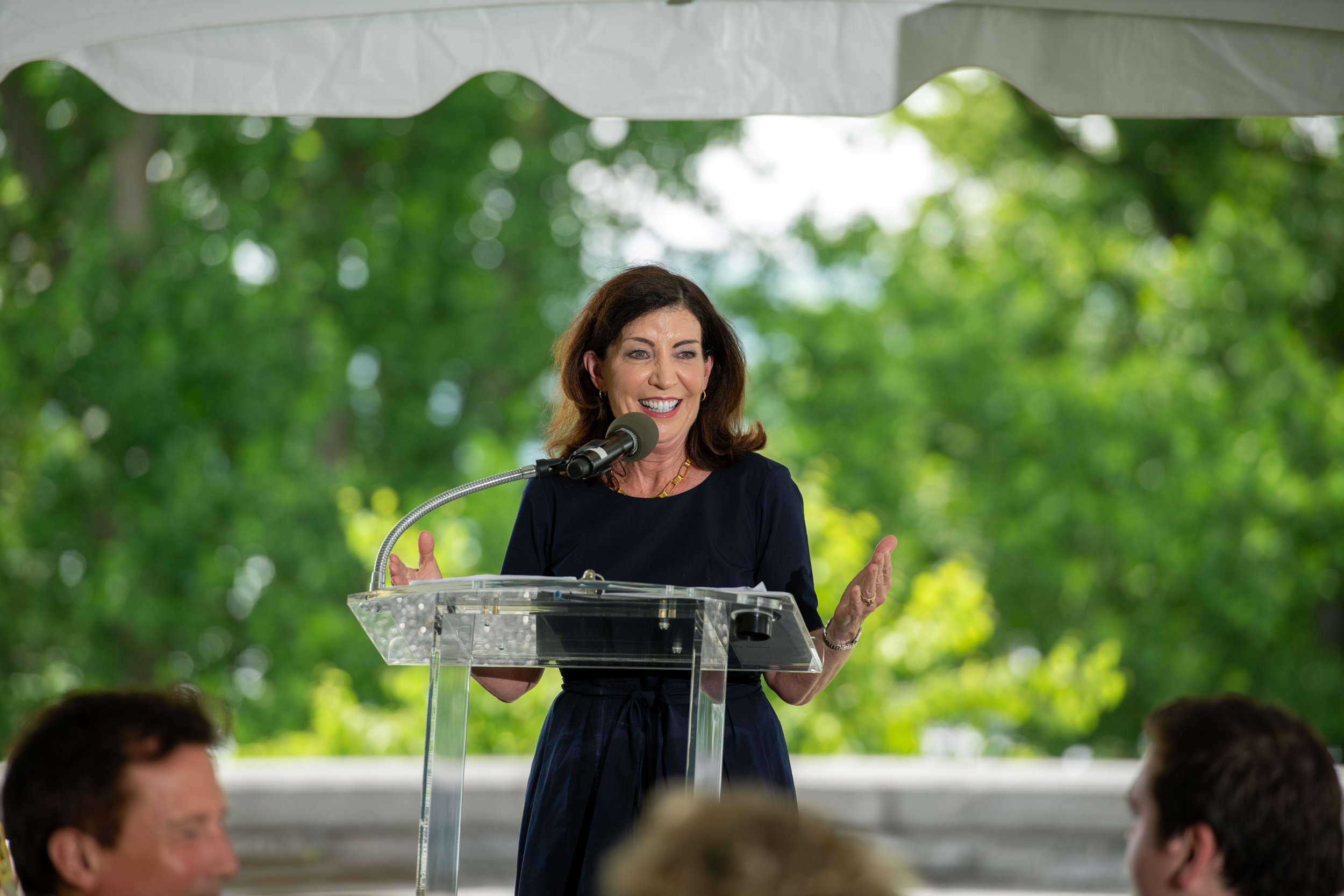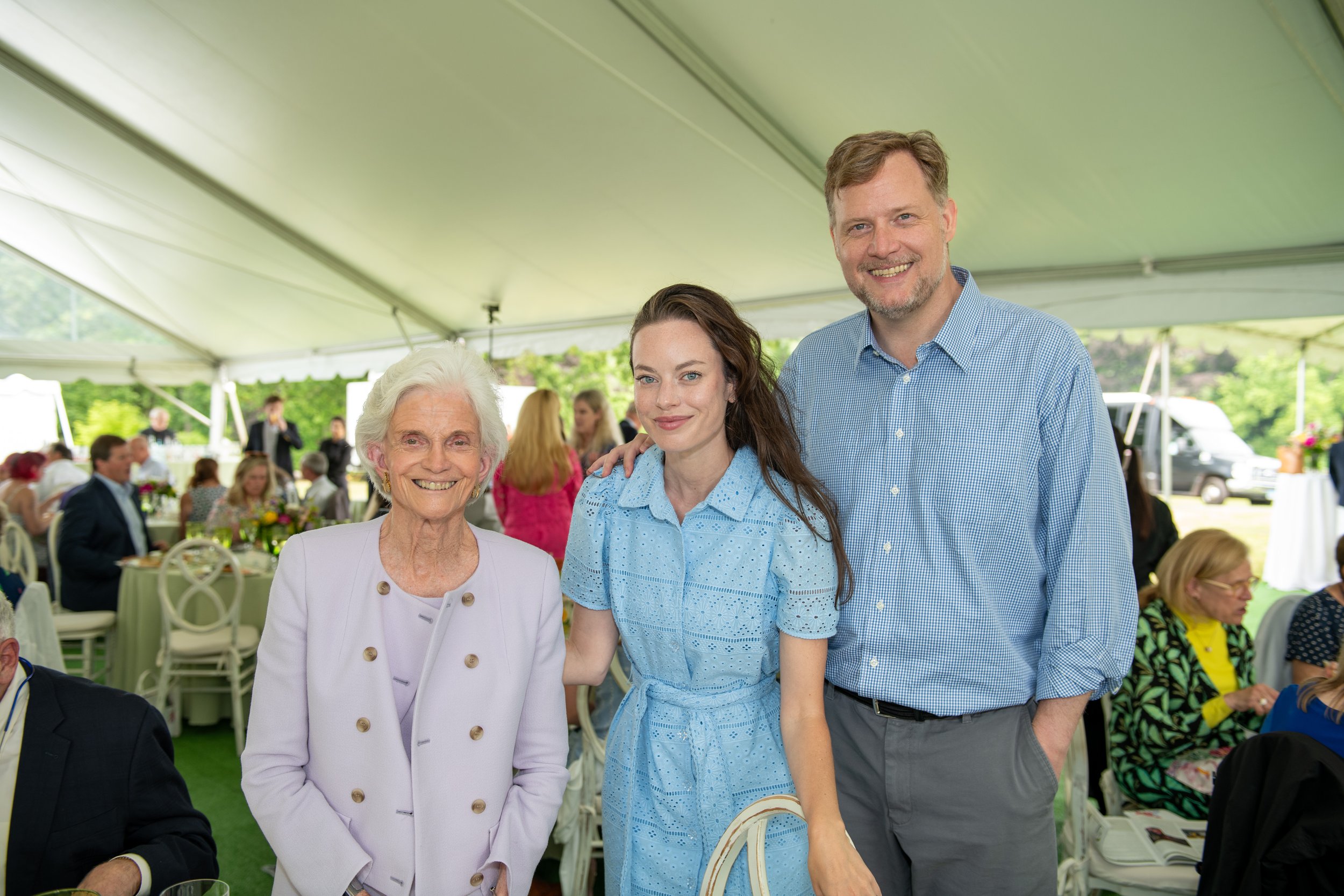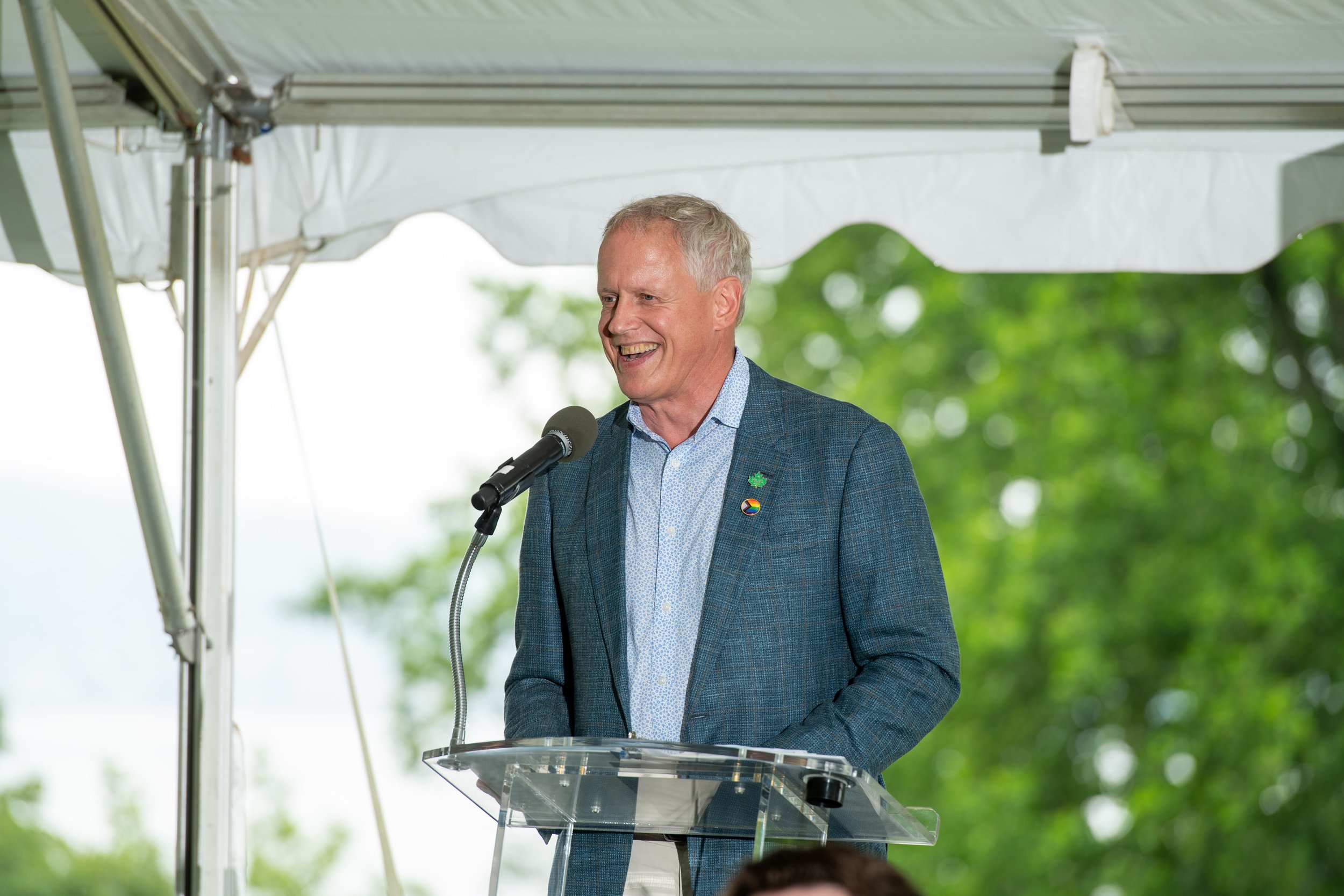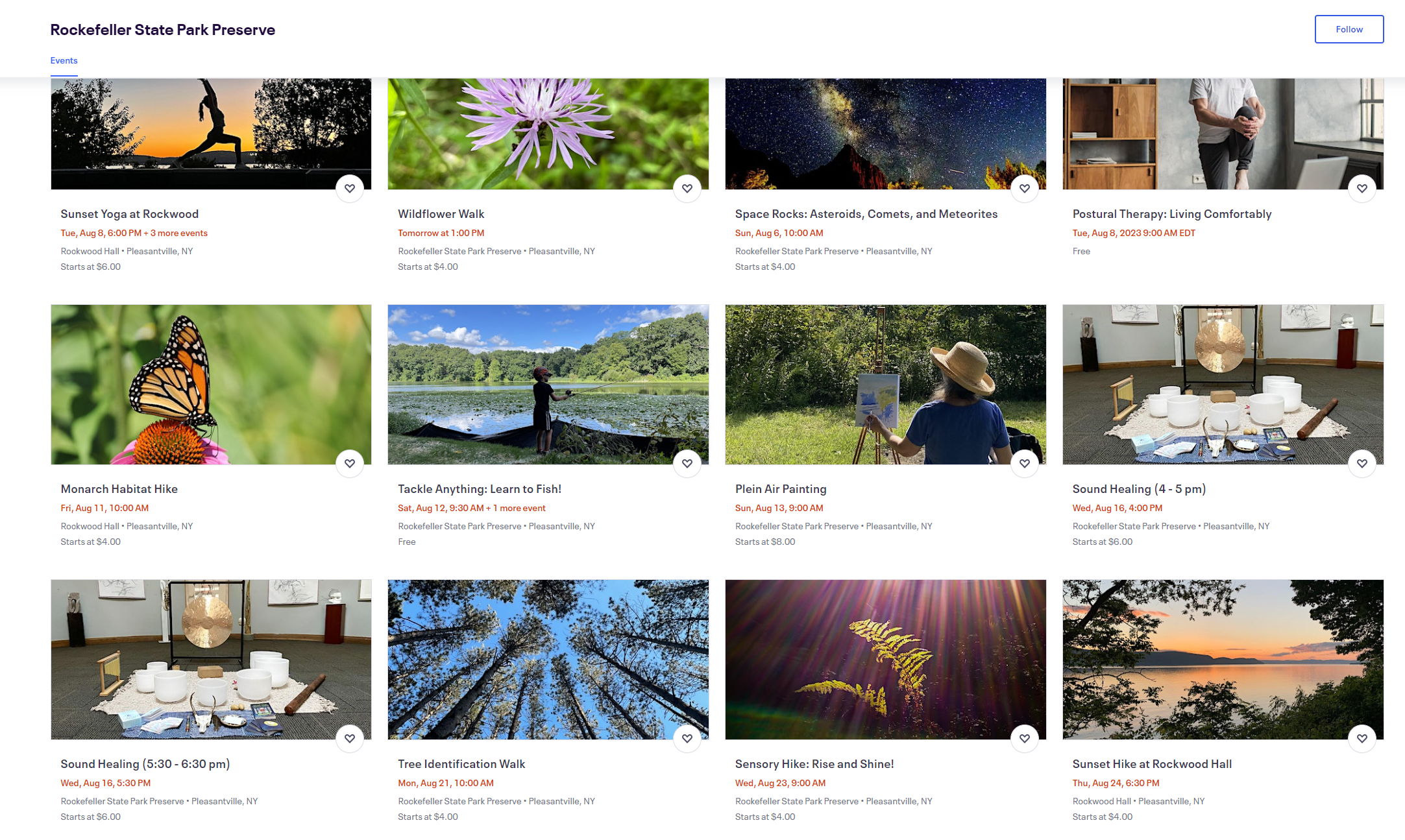The History of Rockefeller State Park Preserve
Rockefeller State Park Preserve has been made possible by the farsighted and generous gift of the Rockefeller family. Since 1983, over 1,600 acres have been deeded over to the State of New York to protect the scenic and natural beauty of the area for the public to enjoy.
It was in 1893 that John D. Rockefeller, Sr., first bought land on the Hudson River near Tarrytown, NY. The proximity to NYC, where the family’s life was centered, and to his brother William’s estate, Rockwood Hall, was very inviting. That same year, John D. Rockefeller Jr., also known as Junior, entered Brown University. Junior was involved from the start in purchasing the land with his father. They acquired land immediately around the family home, Kykuit, forming an enclosed estate of approximately 300 acres. Gradually, more than 3,000 acres of the surrounding rolling farmlands and woods were also acquired.
John D. Rockefeller jr., Pocantico Hills circa 1910
Pocantico Hills, as the property came to be called, provided Junior with a vast landscape for exercising his considerable, but untested, design and building skills for the first time. Beginning in 1910, John D. Rockefeller Sr. and Jr. worked together to lay out a system of broken stone roads surrounding Kykuit. As the system of carriage roads extended into outlying family properties, Junior assumed the lead role in overseeing their construction. He incorporated the work and concepts of Frederick Law Olmsted, whose firm had been involved with the Rockefeller Westchester property since William Rockefeller had created his estate in 1887.
Echoing Olmsted’s steadfast belief in the democratizing effect of public parks, Junior made a commitment to a social compact by ensuring that the roads were open to the public for walking, riding, and carriage driving as soon as they were built. Olmsted’s work in Central Park put into a practical context what Junior already understood and believed in as a builder: that roads and paths were needed to give access to open space. Junior maintained a close association with the Olmsteads and their firm until it closed in 1950.
In his ambitious project, Junior had expanded on his father’s concept of building roads for personal pleasure. By 1950, there were 55 miles of carriage roads winding through the Pocantico property. Because he owned the land, he did not have to answer to anyone but himself. He could plan, lay out, and build the roads as he wished. With meticulous attention to detail, Junior incorporated plantings, water features, and vistas to create an inviting, tranquil, and healing environment.
The resulting carriage park is an exceptional resource and unique environment. Junior’s design embodies his passions: conserving nature, carriage driving and riding, knowing every detail of a project (in this case, the land), striving for perfection, and working closely with others. Above all, it reflects his lifelong commitment to sharing his good fortune by giving back and providing for the benefit of all.
With the creation of Rockefeller State Park Preserve, Junior’s legacy and vision — of preserving the historic, scenic, and natural beauty of the area, while providing an open and healing environment to be enjoyed by everyone — has been secured. Today’s annual attendance figures exceed 350,000 people. Most visitors have no idea that they are in a designed environment, which attests to the genius of Junior’s design and insight as a landscape architect and naturalist.
